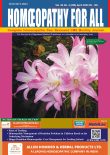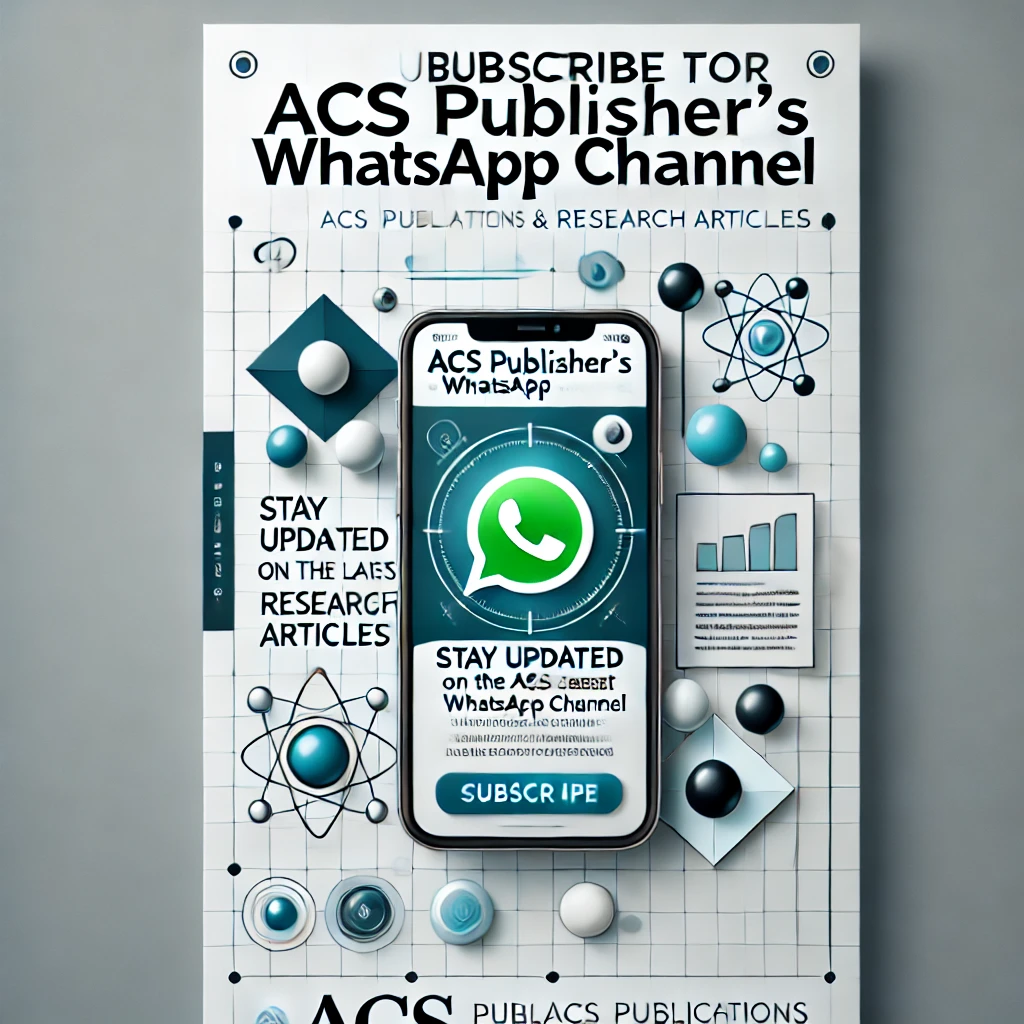A Homoeopathic Lens on Anatomy; Using Kents Repertory for Deeper Understanding
Keywords:
Eclectic, STME, Dr. Phelan,, Lucy, CBDC, NCH, LSMCAbstract
Background: anatomy forms the foundational structure of medical science, providing a detailed understanding of the human body’s organs, systems, and their interconnections. In homeopathy, though the focus remains on individualized symptoms and holistic healing, a sound anatomical understanding is crucial for accurate remedy selection and effective case management. Dr. James Tyler Kent’s Repertory of the homeopathic Materia Medicais one of the most influential tools, it subtly integrates anatomical references that guide practitioners towards a deeper comprehension of the patient’s condition, not just at the functional but also at the structural level. Exploring through the lens of Kent’s repertory allows homeopaths to refine their approach to case analysis, especially in localizing symptoms, understanding pathological tendencies, and correlating them with constitutional indications. This integration enhances the precision of remedy selection, particularly when symptoms are expressed in specific anatomical regions. This article seeks to bridge the conventional anatomical perspective with the unique symptom - based classification of Kent’s repertory, promoting a more integrated and clinically insightful approach to homeopathic practice. Objective- Briefly combining about anatomy subject with Kent repertory - to know the first year CBDC Batch students how the Kent repertory will help to study the anatomy what are the location and organs or parts how we can see in the Kent repertory which are the rubrics and sub rubrics to look for. Methods- How to use the Kent repertory and it has been constructed in macro and micro construction chapters and rubrics and sub rubrics has been arranged and remedies and cross references arranged, how these chapters we can apply to anatomy. This could involve an exploration of specific symptoms or anatomical concepts found in the repertory and how they correlate with anatomical structures or conditions. Results- Highlighting the chapter which has the location related rubrics and sub rubrics and the specific remedy for the particular remedy. Implication- Now at least students will able to find out the exact location or parts or organs related rubrics how to search and where to search in Kent repertory in our day to day clinical practice. This approach deepens the understanding of anatomy or contribute to a more holistic or integrative approach to healthcare. Conclusion: NCH has applied Kent repertory for first year CBDC batch for three subjects anatomy, physiology and psychology correlation with Kent repertory related chapters and rubrics and sub rubrics how can students will able find or search in Kent repertory. Further exploration of anatomical correlations across other repertories and integration with modern diagnostic methods can strengthen this bridge between traditional and contemporary practice. Ultimately, this method enriches the art and science of homoeopathy, empowering practitioners with clarity, confidence, and clinical precision.
Downloads
References
Kent JT. Repertory of the Homeopathic Materia Medica. New Delhi, India: B. Jain Publishers; 2023.
Chaurasia BD. Chaurasia Handbook of General Anatomy. New Delhi, India: CBS Publishers & Distributors; 2006.
The Life and Legacy of James Tyler Kent: A Giant in Homeopathy. Canadian College of Homoeopathic Medicine (CCHM).
Allen HC. Allen’s Keynotes Rearranged and Classified with Leading Remedies of the Materia Medica and Bowel Nosodes. New Delhi: B. Jain Publishers; 1st ed. 2005.
Das AK. A Treatise on Organon of Medicine, Part III. Souvik Kumar Das Publishers; 1996.
Chaurasia BD. Human Anatomy Regional and Applied, Dissection, Clinical and Brain and Neuroanatomy. Vol. 4. 10th ed. New Delhi: CBS Publishers; 2025.
Chaurasia BD. Human Anatomy Regional and Applied, Dissection, Clinical and Upper Limb and Thorax. Vol. 1. 10th ed. New Delhi: CBS Publishers; 2025.
Chaurasia BD. Human Anatomy Regional and Applied, Dissection, Clinical and Lower Limb, Abdomen and Pelvis. Vol. 2. 10th ed. New Delhi: CBS Publishers; 2025.
Chaurasia BD. Human Anatomy Regional and Applied, Dissection, Clinical and Head and Neck. Vol. 3. 10th ed. New Delhi: CBS Publishers; 2025.
Available from: http://homeoint.org/books/kentrep/index.htm




